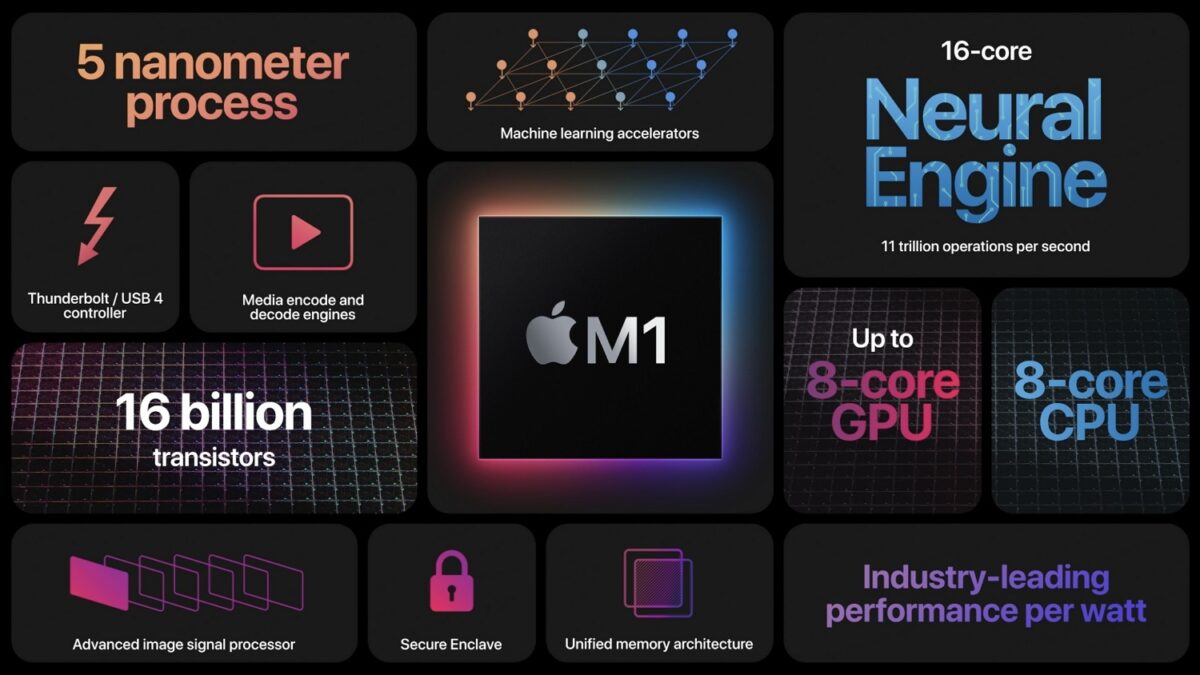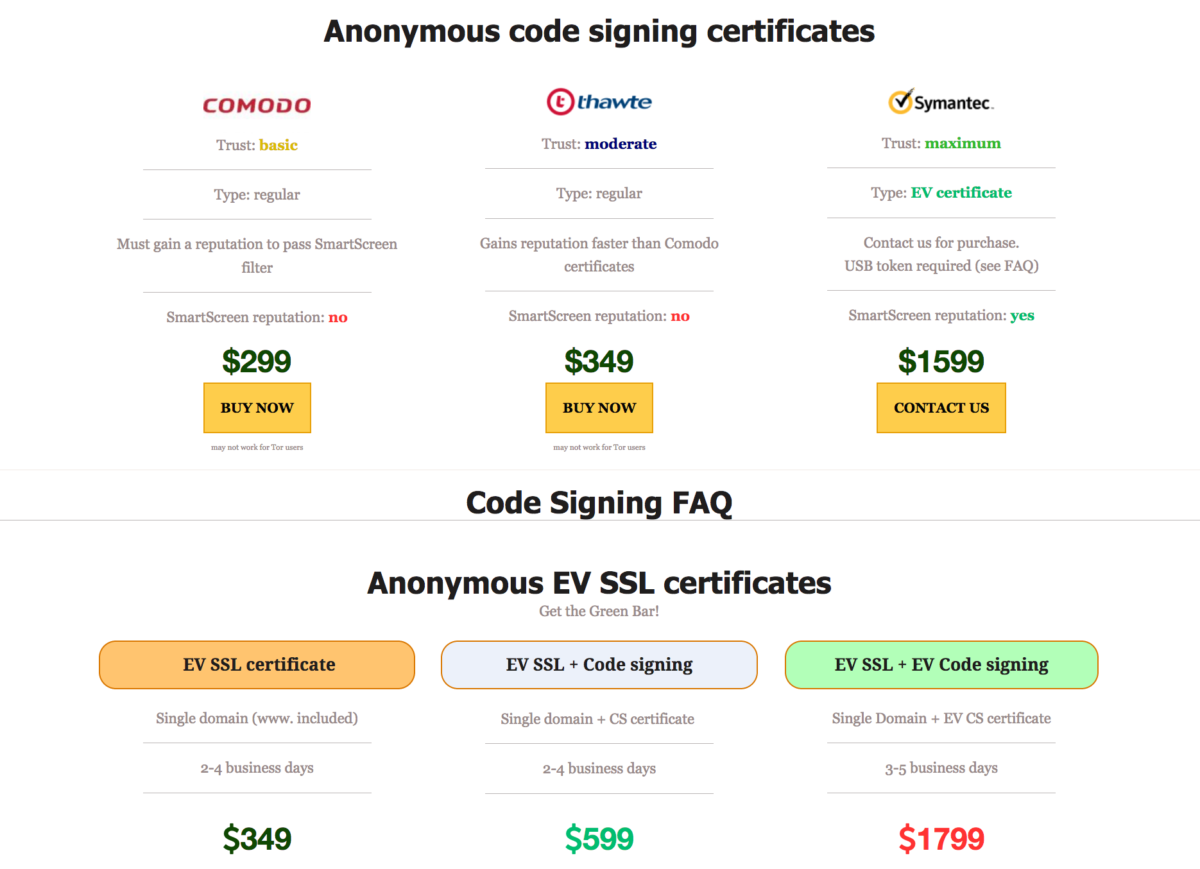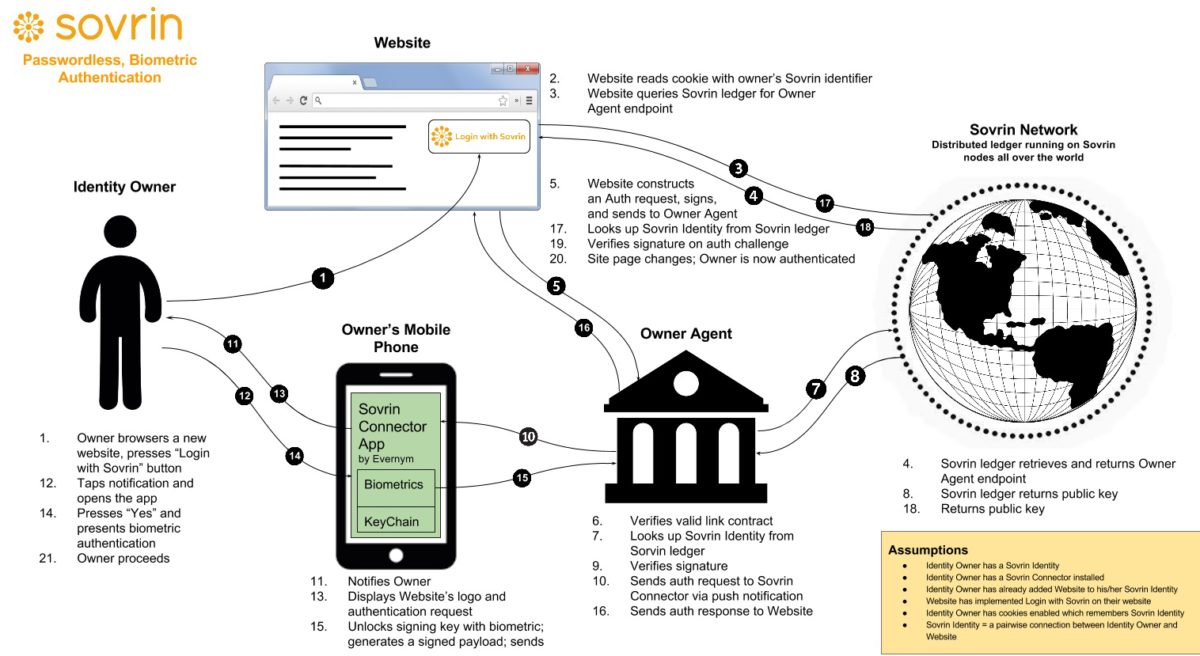SecurityDiscovery.com and Cybernews have jointly found the largest collection of hacked credentials ever discovered. Containing over 2,500 data breaches with 15 billion records, this is a new record. As it contains multiple breached one must assume there will by duplicates.
This comes only a week after Techspot discovered over 71 million credentials and 25 million never-before-seen passwords.








